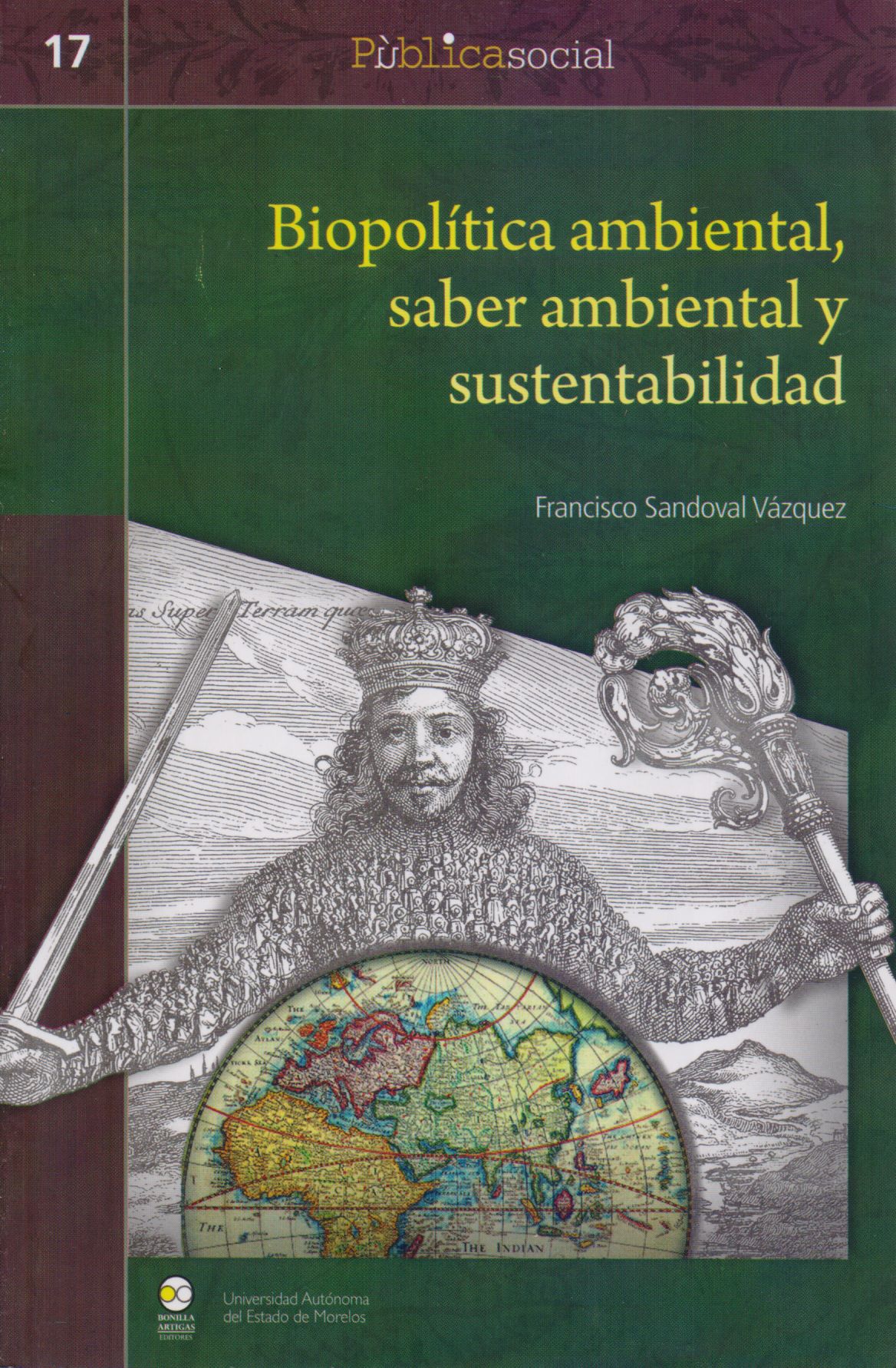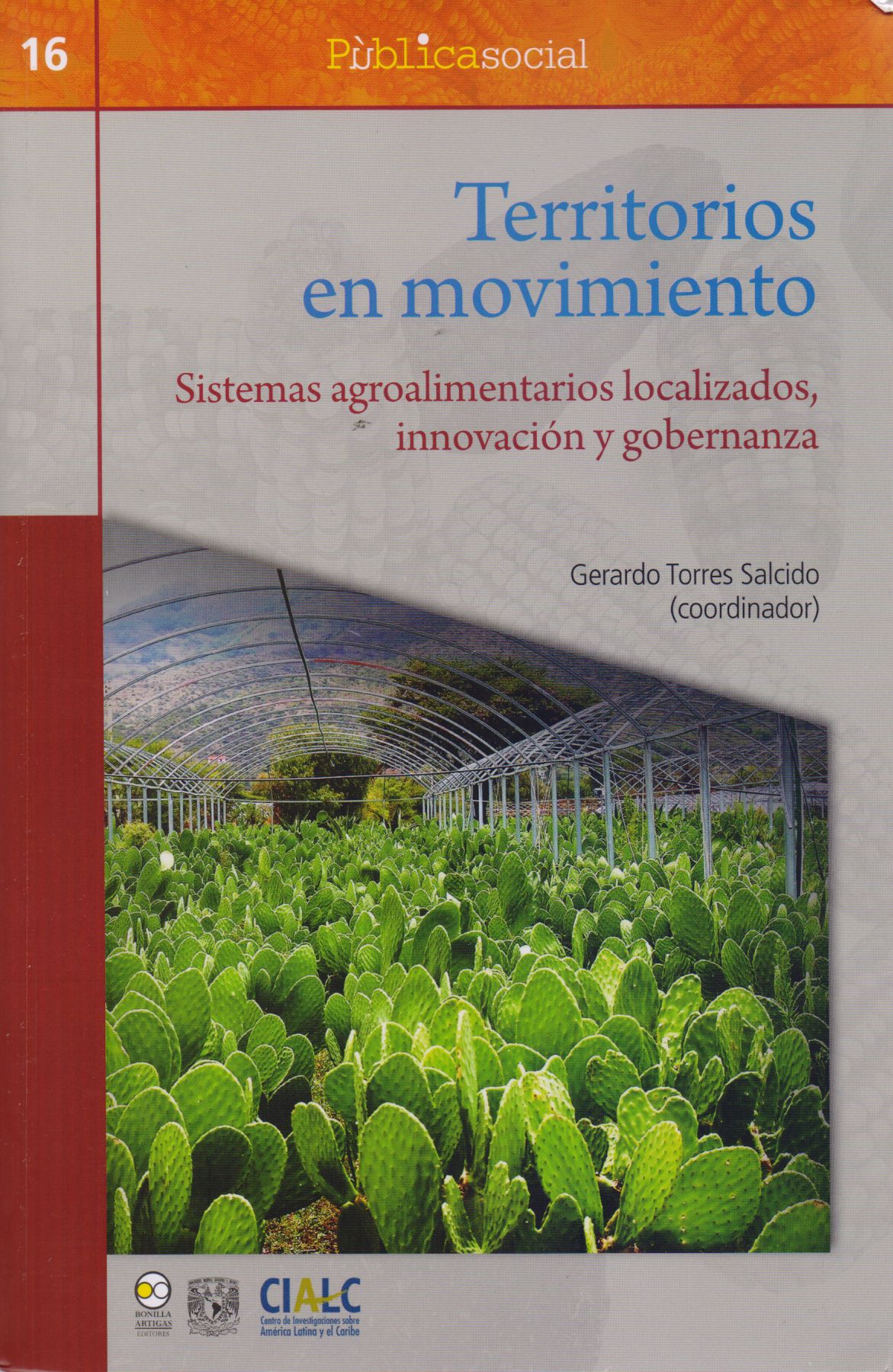Libros relacionados
 |
Biopolítica Ambiental, Saber Ambiental y Sustentabilidad Sandoval Vázquez, Francisco Bonilla Artigas Editores |
 |
Territorios en Movimiento: Sistemas Agroalimentarios Localizados, Innovación y G Torres Salcido, Gerardo Bonilla Artigas Editores |
 |
Reciclaje de Residuos Industriales. Residuos Sólidos Urbanos y Fangos de Depurad Elias, Xavier Ediciones Diaz de Santos |


|
Título: World Agriculture And The Environment a Commodity-By-Commodity Guide To Impacts | |
| Autor: Jason Clay | Precio: $693.00 | |
| Editorial: Island Press | Año: 2004 | |
| Tema: Agricultura, Medio Ambiente, Alimentos | Edición: 1ª | |
| Sinopsis | ISBN: 9781559633703 | |
| World Agriculture and the Environment presents a unique assessment of agricultural commodity production and the environmental problems it causes, along with prescriptions for increasing efficiency and reducing damage to natural systems. Drawing on his extensive travel and research in agricultural regions around the world, and employing statistics from a range of authoritative sources including the United Nations Food and Agriculture Organization,the author examines twenty of the world's major crops, including beef, coffee, corn, rice, rubber, shrimp, sorghum, tea, and tobacco. For each crop, he offers comparative information including:
¦ a "fast facts" overview section that summarizes key data for the crop ¦ main producing and consuming countries ¦ main types of production ¦ market trend information and market chain analyses ¦ major environmental impacts ¦ management strategies and best practices ¦ key contacts and references With maps of major commodity production areas worldwide, the book represents the first truly global portrait of agricultural production patterns and environmental impacts. Read an excerpt from the Chapter 3 - Coffee from World Agriculture and the Environment "Anyone looking for a global perspective on a current situation or a future outlook for these commodities will be well satisfied." -Library Journal "This is an important reference work to have on your shelf." -Conservation in Practice "[Clay] has synthesized into this accessible reader an impressive volume of facts, figures, and trends on the state of world agriculture and its myriad environmental impacts....Clay's commodity-by-commodity guide is a rich reference." -BioScience "Anyone looking for a global perspective on a current situation or a future outlook for these commodities will be well satisfied." -Library Journal "This is an important reference work to have on your shelf." -Conservation in Practice '[Clay] has synthesized into this accessible reader an impressive volume of facts, figures, and trends on the state of world agriculture and its myriad environmental impacts....Clay's commodity-by-commodity guide is a rich reference." -BioScience "Jason Clay's World Agriculture and the Environment is the kind of book you'd expect to come with a long list of contributing editors: hefty, ambitious, and broad in scope and scale, it is a remarkable achievement for a single author." -The New Farm Also of interest from Island Press: So Shall You Reap Farming in Nature's Image Biographies Jason Clay is senior fellow and consultant to World Wildlife Fund-US based in Washington, D.C. Quotes ?This is an important reference work to have on your shelf.ÿ --Conservation in Practice ?[Clay] has synthesized into this accessible reader an impressive volume of facts, figures, and trends on the state of world agriculture and its myriad environmental impacts....Clay?s commodity-by-commodity guide is a rich reference.ÿ --BioScience ?Anyone looking for a global perspective on a current situation or a future outlook for these commodities will be well satisfied.ÿ --Library Journal Table Of Contents ContentsPrefaceAcknowledgments Introduction Chapter 1.Agricultural Trends and RealitiesChapter 2. Agriculture and the Environment CommoditiesChapter 3.CoffeeChapter 4. TeaChapter 5. CocoaChapter 6. Orange JuiceChapter 7. SugarcaneChapter 8. SoybeansChapter 9. Palm OilChapter 10. BananasChapter 11. CashewsChapter 12. CottonChapter 13. Wood PulpChapter 14. RubberChapter 15. TobaccoChapter 16. WheatChapter 17. Rice Chapter 18. Corn (Maize)Chapter 19. SorghumChapter 20. CassavaChapter 21. BeefChapter 22. ShrimpChapter 23. Salmon ConclusionAbout the AuthorIndex |
||
Librería Bonilla SA de CV © Todos los derechos reservados. 2019
Última actualización: Jul 2019




